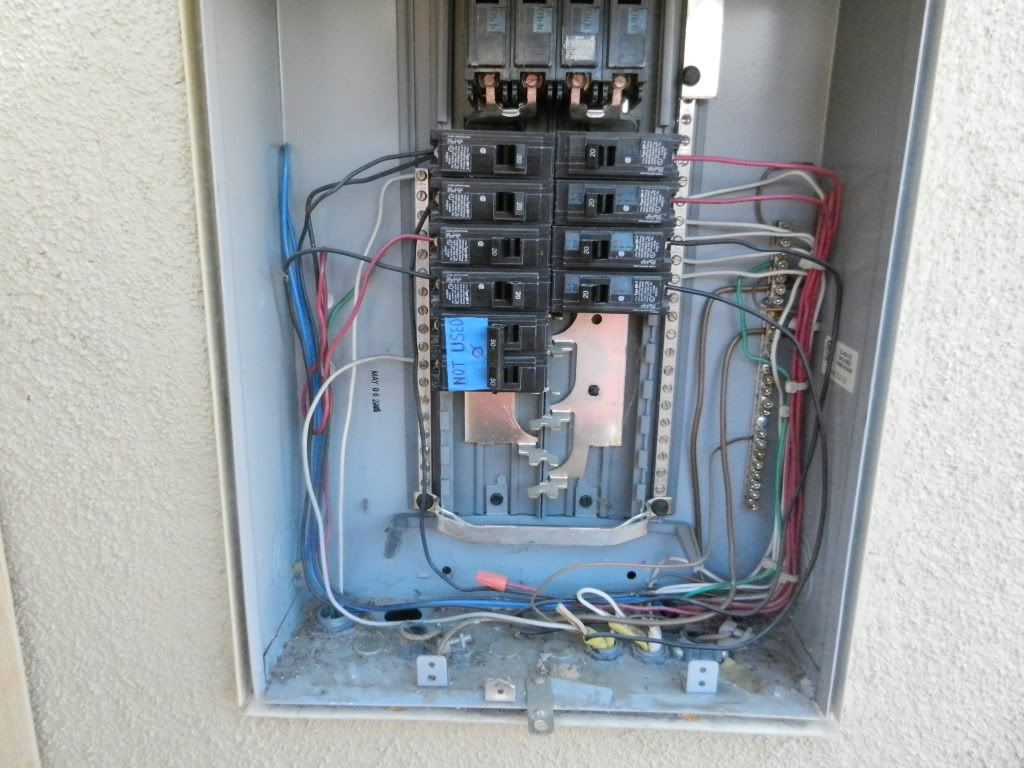How often have you heard: "I waited to see what violations you would write." I have asked why and been told: "They don't call that out in Orange County."
The picture is a bootleg service that a house flipper needs blessed so that Edison can energize it. A licensed electrician pulled the permit. He hasn't seen it yet. And yes, he told me he was waiting for his punch list.

The picture is a bootleg service that a house flipper needs blessed so that Edison can energize it. A licensed electrician pulled the permit. He hasn't seen it yet. And yes, he told me he was waiting for his punch list.



